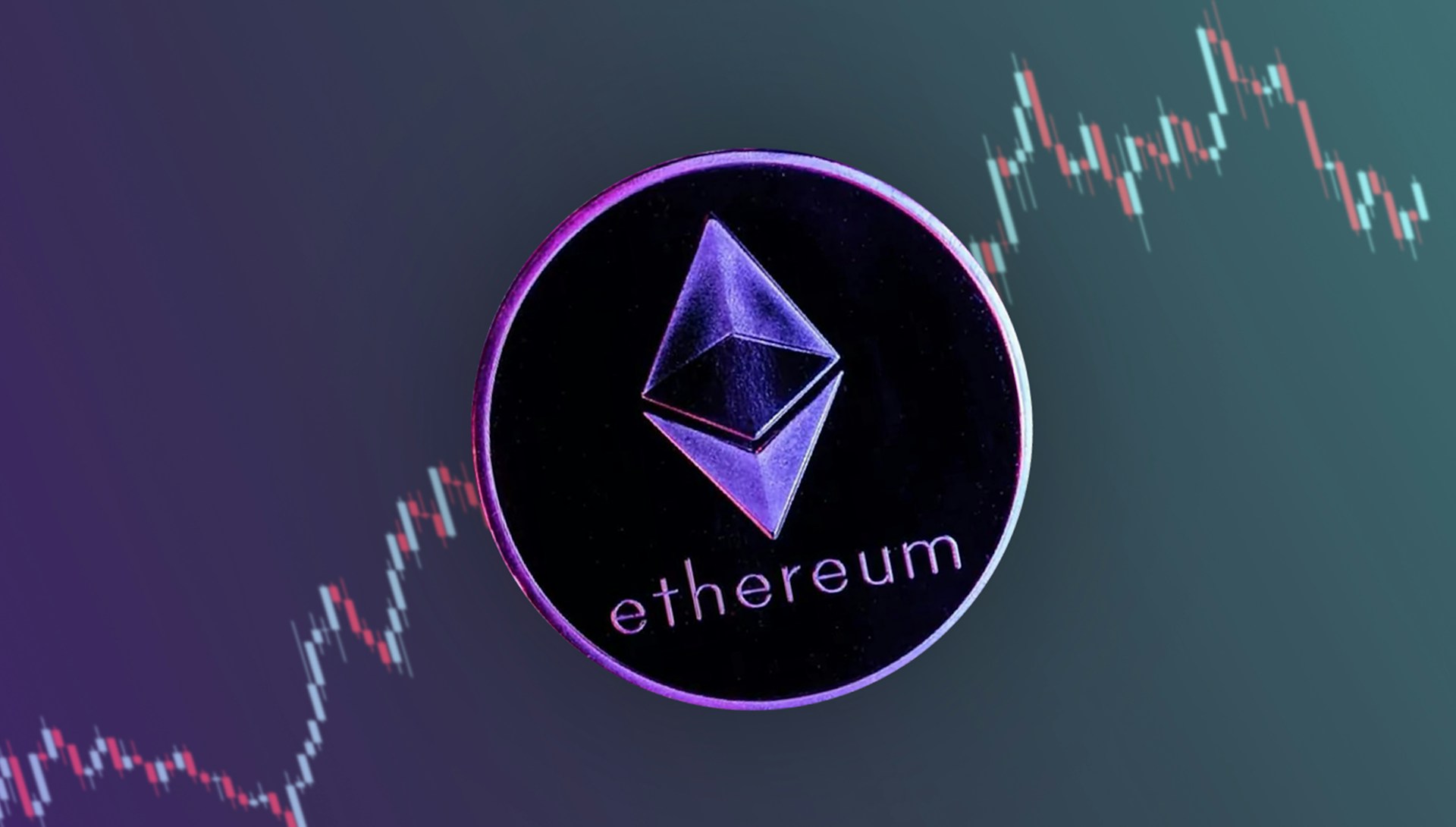
Europe’s New Era of Crypto Regulation
The European Union is stepping up its regulatory game in the fast-evolving digital assets sector. In a significant move for the industry, more than 50 major players – from stablecoin issuers to leading trading platforms – have been granted MiCA licences over the past six months, allowing them to legally offer their services in France and across the European Economic Area.
The Markets in Crypto-Assets (MiCA) framework, introduced at the start of 2025, aims to harmonise rules across the European crypto market. According to figures released by Circle executive Patrick Hansen, 53 companies have already secured MiCA authorisation, gaining a substantial strategic edge: they can now operate seamlessly in 30 EEA countries without the need to reapply for separate national licences.
Among those granted licences are heavyweights from both traditional finance and the crypto space, including Société Générale, Kraken, Coinbase, and Robinhood. Germany leads the way with 12 licences awarded, followed by the Netherlands with 11 and Malta with five.
Stablecoins Under Scrutiny: Tether Left Behind
MiCA’s remit extends well beyond exchanges, setting strict standards for stablecoin issuance as well. Fourteen firms have now been authorised to launch or distribute stablecoins and e-money tokens across the EU, among them Circle (issuer of USDC), Crypto.com, Stablemint, and Société Générale. These companies collectively offer around 20 stablecoins, with 12 pegged to the euro and seven to the dollar.
However, the world’s largest stablecoin issuer, Tether, has failed to secure a MiCA licence. The company behind USDT has yet to provide the fully audited reserve reports demanded by EU regulators—a core MiCA requirement. As a result, USDT has already been delisted from several European platforms, including Coinbase and Crypto.com, highlighting the regulatory challenges that even the sector’s giants now face.
Binance Falls Behind as Competition Moves Ahead
Tether’s absence has raised eyebrows, but so too has the omission of Binance, the world’s largest crypto exchange by trading volume. Despite recently appointing Gillian Lynch as its new head of Europe and the UK—a move designed to accelerate its compliance efforts—Binance remains missing from the list of authorised firms.
Ongoing regulatory probes in countries such as the Netherlands and France are reportedly slowing down Binance’s application process. Meanwhile, rival companies that have already received MiCA approval are well-placed to capitalise, with their head start in regulatory compliance likely to prove a major commercial advantage as trust and transparency become central to the market’s future.
Investment Surges Back into the Crypto Sector
While regulation tightens, the European crypto sector has seen an extraordinary revival in investment. After a prolonged lull, venture capital funding in crypto rebounded sharply in the second quarter of 2025. According to CryptoRank data, over $10 billion poured into the ecosystem between April and June—a figure not seen since the highs of early 2022.
Institutional investors have made a notable comeback, with June 2025 alone accounting for $5.14 billion, setting a new monthly record since January 2022. Large-scale funding rounds dominated the period: Strive Funds, founded by US businessman Vivek Ramaswamy, raised $750 million in May for bitcoin-related strategies. In April, TwentyOneCapital attracted $585 million, and Securitize completed a $400 million round.
The most heavily funded areas have been blockchain infrastructure and decentralised finance (DeFi), while memecoins have remained at the fringes of investor interest.
A Market in Transformation
These developments reveal clear trends in how the crypto market is evolving. Regulatory compliance is increasingly becoming the cost of entry for major players hoping to secure a long-term foothold in Europe. Meanwhile, renewed investor confidence suggests that, despite challenges, the appetite for blockchain innovation and digital assets is as robust as ever.
The coming months will be critical for firms like Binance and Tether as they attempt to navigate Europe’s new regulatory landscape—and for the many certified competitors ready to seize the opportunities this changing market presents.





